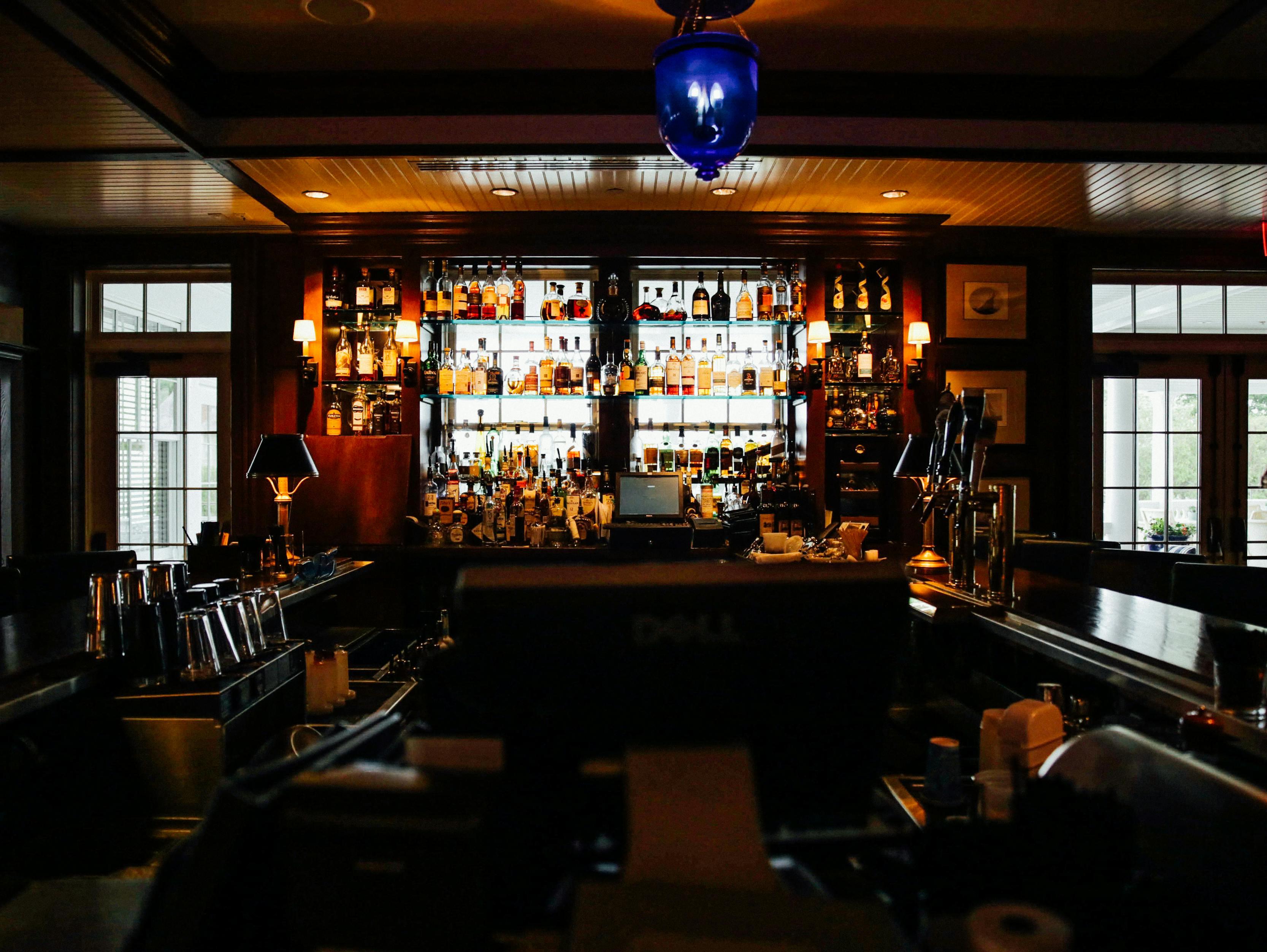Building a Brewery Brand That People Actually Remember

Walk into any decent bottle shop these days and you'll find yourself staring at a wall of craft beer labels that all blur together. Hazy IPAs with cartoon characters. Stouts with Gothic fonts. Sours in pastel cans that look like they belong in a wellness influencer's fridge. The craft beer market isn't just crowded anymore. It's overflowing.
For brewery owners and marketing managers, this creates a fascinating problem. Your beer might be exceptional. Your brewing process might be meticulous. Your taproom might have the best vibe in town. But none of that matters if people can't remember who you are when they're standing in that bottle shop aisle or scrolling through Untappd at 9 PM on a Friday.
The truth is, most breweries approach their brand like they approach their recipes: they focus obsessively on the product itself while treating everything else as an afterthought. That's a mistake. In a market where quality has become table stakes, the breweries that thrive are the ones that understand something fundamental about human psychology. People don't just buy beer. They buy stories, experiences, and identities.
This is where craft beer marketing becomes less about shouting louder than everyone else and more about creating something that resonates on a deeper level. The breweries that get this right aren't necessarily the ones with the biggest budgets or the flashiest campaigns. They're the ones that have figured out who they are, who they're for, and how to communicate that consistently across every touchpoint.
Let's start with the hardest question most brewery owners never want to answer: who is your beer NOT for? This feels counterintuitive. After all, you want everyone to love your beer, right? But trying to appeal to everyone means you end up appealing to no one in particular. The most memorable brewery brands have a clear point of view. They know their audience intimately, not just demographically but psychographically. They understand what their ideal customer values, what frustrates them, what makes them feel part of something.
Take a brewery like Creature Comforts in Athens, Georgia. They're not trying to be the edgiest or the most experimental brewery out there. Their brand radiates warmth, community, and approachability. Their taproom feels like someone's really nice living room. Their can designs are friendly without being childish. They sponsor local events that matter to their community. Everything they do reinforces a consistent identity, and their customers don't just like their beer. They feel like they're part of something.
Or look at what The Alchemist did with Heady Topper. They created artificial scarcity not through manipulative marketing tactics but through genuine production constraints and a refusal to distribute beyond where they could maintain quality. The result? A beer that became legendary not despite its limited availability but because of it. People hunted for it. They shared photos when they found it. The beer became a status symbol without the brewery ever positioning it as one.
This brings us to the role of storytelling, which is probably the most overused and least understood concept in modern marketing. Real storytelling isn't about crafting some origin myth for your brewery. It's about giving people a narrative they can participate in. Why did you start brewing? What problem were you trying to solve? What do you believe about beer, community, or craftsmanship that most other breweries don't?
Your taproom is where this story comes to life most tangibly. The experience people have when they visit should feel like a physical manifestation of your brand. If you're positioning yourself as the experimental, boundary-pushing brewery, your taproom should reflect that with rotating taps, adventurous flavor combinations, and an environment that encourages curiosity. If you're the neighborhood gathering place, your space should feel comfortable, conversational, and inclusive.
Social media deserves special attention because most breweries are doing it spectacularly wrong. Your Instagram shouldn't just be an endless feed of can releases and taproom photos. The breweries that build real engagement on social platforms understand that they're not in the beer business on Instagram. They're in the entertainment and community business. Share the behind-the-scenes moments that make brewing interesting. Highlight your staff as real people with personalities. Create content that your followers would share even if they weren't beer nerds.
Collaborations are another powerful tool that too many breweries treat as purely transactional. The best collaborations aren't just about combining two breweries' fan bases. They're about creating something that neither brewery could have created alone, both in terms of the liquid and the experience around it. Partner with breweries whose values align with yours, not just the ones with the most Instagram followers.
The unsexy truth about building a memorable brewery brand is that it requires patience and consistency. You can't rebrand every six months because you're not seeing immediate results. The most powerful brands in craft beer have been telling essentially the same story for years, just finding new and interesting ways to tell it. They show up consistently with a clear identity, and over time, that consistency compounds into something that feels authentic and trustworthy.
Here's what it comes down to: in a market saturated with great beer, your brand is the only truly defensible competitive advantage you have. Someone can reverse-engineer your recipes. They can copy your taproom design. They can try to mimic your social media strategy. But they can't replicate the authentic connection you've built with your community through years of showing up as yourself, telling your story, and delivering on your promises.
Stop trying to be everything to everyone. Stop chasing every trend. Stop letting your brand be defined by whatever happens to be in your fermenter this week. Figure out who you are, commit to it completely, and let everything else flow from that foundation. The breweries that do this don't just survive in a crowded market. They become the ones people remember, recommend, and return to again and again.
- Art
- Causes
- Best Offers
- Crafts
- Dance
- Drinks
- Film
- Fitness
- Food
- Παιχνίδια
- Festival
- Gardening
- Health
- Κεντρική Σελίδα
- Literature
- Music
- Networking
- άλλο
- Party
- Religion
- Shopping
- Sports
- Theater
- Wellness



